R&B Then & Now
- Natalia Chai
- Oct 9, 2017
- 3 min read
When we hear the term R&B we immediately think Alicia Keys (for me anyways of course!), Usher, Mary J. Blige, Frank Ocean, Toni Braxton, Whitney Houston, Boyz II Men, Baby Face and many more. But if we stretch further back in time to the late 1930s to 50s, we may not be as familiar with names such as Ray Charles, James Brown, Diana Ross, Aretha Franklin (everybody knows Aretha Franklin), Cab Calloway, The Harlem Hamfats, The Cardinals, Louis Jordan and Count Basie.
What is R&B? R&B or Rhythm & Blues is a music term that describe music heavily influenced by blues combining soulful singing and a strong backbeat performed mainly by African-Americans. World War II saw the movement of the rural population to cities creating an urban black audience and a move in music from swing music and big bands to smaller combinations to focus on song structures and blues-style vocals. "Race music" was used to label music made by blacks but if that term already made you feel uneasy like it did for me, Rhythm & Blues was created in 1949 by Billboard magazine reporter Jerry Wexler to replace the offensive term. This saw a movement in social status, economic power and musical tastes of African Americans. R&B was often dismissed as a "lowbrow style of art" for after-hour performances in clubs and promoted on independently owned record labels and radio stations.

Atlanta, Georgia was the centre of early R&B where it saw the country's first black-owned radio station, WERD, a hit late-night radio R&B show in 1948 hosted by a white disc jockey named Zenas "Daddy" Sears who founded the nation's first R&B radio format called WAOK in 1956. This saw notable R&B artists Piano Red, Chuck Willis, Ray Charles, Little Richard and James Brown all who have made their lasting and individual marks on the R&B sound but would also cross into pop and rock&roll music charts as well. Piano Red was known for his percussive blues piano style, Ray Charles mixed blues and gospel styles, Little Richard remembered for his wild energetic records and James Brown, "the hardest-working man in show business" saw the emergence of his funk style!
What defines rhythm & blues? It is characterized by a 4-beat measure with a strong backbeat, where the second and fourth beats are accented. The "blues" came from the blue/sad lyrics and melodies that originated from the World War II era and stacked vocal harmonies!
Classic R&B ended when Billboard magazine fused pop and R&B charts in 1963 and ever since then R&B is used as an umbrella term for soul, funk, disco, hip-hop/rap, and gospel. Contemporary R&B today is characterized with heavier drum rhythms and smooth, lush style of vocal arrangements. More electronic influences, machine-made sounds and instrumentation can be heard with hip hop and dance inspired beats to a lower extent. Contemporary R&B vocalists are often known for their use of melisma singing styles as popularized by Stevie Wonder, Craig David, Michael Jackson, Mariah Carey and Beyonce!
The late 1990s saw Neo Soul arise that combined the 1970s soul influences with hip hop as heard through D'Angelo, Erykah Badu, Lauryn Hill and Maxwell!!!! WHOOP WHOOP!
In the 2000's, a huge wave of successful R&B and hip hop artists crossover to Billboard charts was seen. Notable songwriters emerged during this time that included Bryan-Michael Cox, Keri Hilson, Ne-Yo, Rico Love and Alicia Keys of course! Today, R&B remains a blanket term and continues to draw from many other genres and is continuously evolving.
When I write my own songs, I aim to stay recent and currently am drawing influences from hip-hop as well but I always respect the origins - that is I much as I love experimenting new sounds I find it personally important as a musician to never forget how R&B started and where it originated from. That is why I will always have a few songs that reminisce those early R&B sounds because it is important to me to remember history, who I am, and the sound that influenced my music dreams from the get go!
Who are YOUR favourite R&B/Neo Soul artist(s)?.....well other than me, Natalia Chai, of course! :)
Sources:
Goosman SL. 2005. Group Harmony: The Black Urban Roots of Rhythm and Blues. Philadelphia: University of Pennsylvania Press.
Neal MA. 2013. Songs in the Key of Black Life: A Rhythm and Blues Nation. London: Routledge.
Cahoon, Brad. "Rhythm and Blues Music: Overview." New Georgia Encyclopedia. 11 December 2014. Web. 04 October 2017.
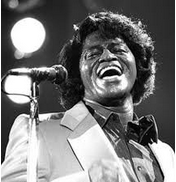
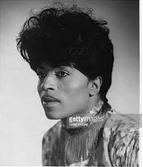
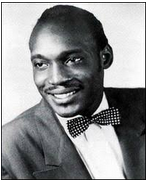
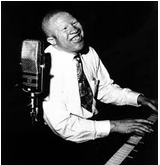
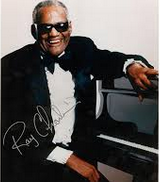
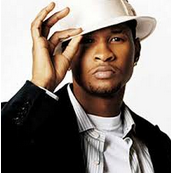
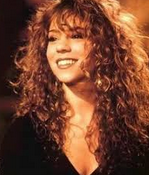
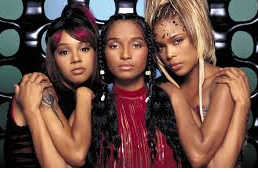
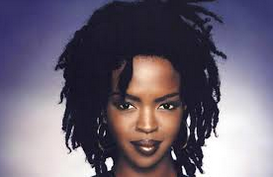
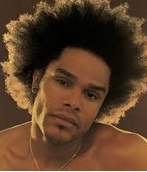
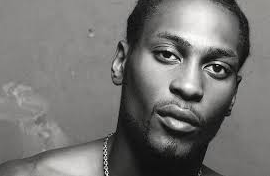

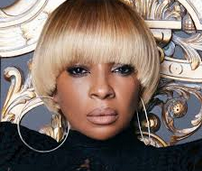

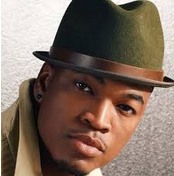

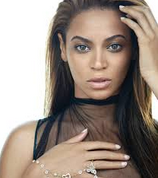

























Comments